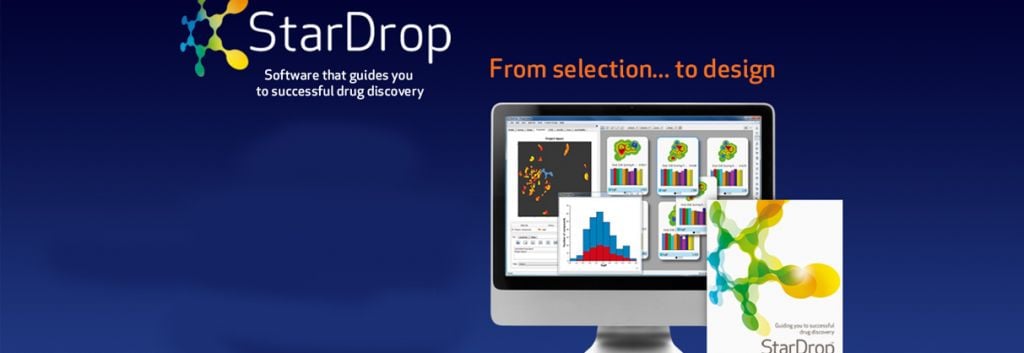Cambridge-based Optibrium has launched of version 6.1 of its StarDrop platform to guide researchers in the design of high quality compounds in drug discovery, agrochemicals and other chemistry fields. The latest release introduces the Matsy technology, based on matched molecular series analysis, which proposes strategies for chemical substitutions to optimise compound activity. Also included is a major upgrade to StarDrop’s P450 metabolism module that facilitates the design of compounds with improved metabolic stability, in addition to enhancements to the platform’s data analysis and management capabilities.
As a result of Optibrium’s collaboration with British NextMove Software, the addition of the Matsy algorithm extends the capabilities of StarDrop’s Nova module that automatically generates and prioritises novel compound ideas. Matsy searches databases of matched molecular series to identify chemical substitutions that are most likely to improve target activity. Using data from longer series of matched compounds, instead of the common matched molecular pairs approach, provides additional context and enables more relevant predictions to be made for a chemical series of interest. The combination with StarDrop’s unique capabilities for multi-parameter optimisation and predictive modelling enables efficient prioritisation of the resulting ideas to identify high quality compounds with the best chance of success.
StarDrop’s P450 module uses quantum mechanical methods to predict the most likely sites of metabolism on a compound by drug metabolising isoforms of Cytochrome P450 and guides the design of compounds to improve metabolic stability. The major upgrade of this module in StarDrop 6.1 offers further improvements in the accuracy of existing isoform models (CYP3A4, CYP2D6, CYP2C9) as well as adding new models (CYP2C8, CYP2C19, CYP2E1, CYP1A2). The corresponding metabolite structures are also predicted to assist analysis of their properties and guide metabolite identification.
The research was undertaken as part of the HeCaToS project (Hepatic and Cardiac Toxicity Systems modelling), funded under the European Union Seventh Framework Programme. The HeCaToS project aims at developing integrative in silico tools for predicting human liver and heart toxicity. The objective is to develop an integrated modeling framework, by combining advances in computational chemistry and systems toxicology, for modelling toxic perturbations in liver and heart across multiple scales.
Dr Matthew Segall, Optibrium’s CEO, commented: “We are delighted to announce another significant upgrade to StarDrop, further expanding its predictive capabilities and building on the success of StarDrop 6’s ground-breaking Card View. These developments enhance StarDrop’s already comprehensive environment for compound design and selection to guide chemistry projects to successful outcomes.”





